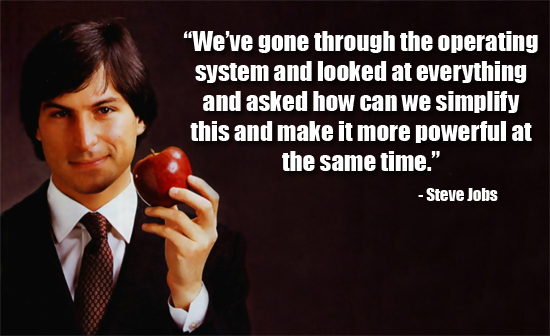By now you’ve likely gotten word of Apple’s Q1-2012 earnings call, where the company announced that it has nearly doubled its profits and exceeded even the most aggressive of expectations. During the call, Apple’s Chief Executive, Tim Cook fielded an analyst’s inquiry to see if Apple would follow the path of Microsoft’s forthcoming addition to the Windows® operating system family. Windows 8 is said to blur the line between PC & mobile operating systems. Tim responded by saying that Apple will continue to produce its iPads and MacBooks for a long time and that the two should not be brought together into one.
“The problem is that products are about trade-offs…you can converge a toaster and a refrigerator, but you know those things are probably not going to be pleasing to the user.”
The concept of trade-off is nothing new to the world of positioning, in fact the idea of merging perceptions in order to be all things to all people is the antithesis of great positioning. Successful brands such as Apple, Ferrari, Nike, and Starbucks all have one thing in common – their positioning is singular in meaning, simple to understand, and relevant to the target customer.
When a brand tries to please everyone with its positioning, it actually does a disservice by casting itself into the recesses of its prospect’s mind. Just think about the last time you had to tighten a screw, the first tool you reached for was a screwdriver – not a Swiss Army Knife. The same applies to brands.
Trade-offs allow you to more clearly define who your customer is, what their problem is, and why they should listen to you.
